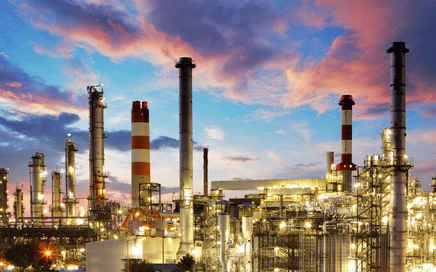Global Synthetic Lubricant Basestocks 2023 Market Analysis
Base Year: 2023
Published: July 2024
Regional Coverage: Africa and the Middle East, Asia-Pacific, Europe, North America, South America
A snapshot view of the global synthetic basestocks market and demand evolution over the next ten years. The transition toward a sustainable future entails a swifter move toward the use of synthetic lubricants, which creates a faster demand for synthetic basestocks. Moreover, growing demand in terms of performance requirements favors the use of synthetic basestocks.
Scope
- Global synthetic and semi-synthetic lubricant demand penetration:
- - By segment
- - By product
- - By viscosity grade
- Synthetic basestock demand analysis at a global level and by key regions, covering Africa and the Middle East, Asia-Pacific, Europe, North America, and South America
- Covers synthetic basestocks such as Group III/III+, polyalphaolefin (PAO), polyalkylene glycol (PAG), synthetic ester, phosphate ester, polyisobutylene (PIB), and alkylated aromatics
- Global demand evolution of synthetic and semi-synthetic lubricants, and resultant demand for synthetic basestocks
ALSO INCLUDES A PAO DEMAND MODEL PROVIDING A 20-YEAR DEMAND OUTLOOK
Table of Contents
Introduction
Finished Lubricants Demand
This section will discuss the penetration of synthetic and semisynthetic lubricants in various lubricant products. It will also provide a ten-year growth outlook for various lubricants (synthetic and semi-synthetics).
Polyalphaolefins
The general product overview and its characteristics for polyalphaolefins (PAO) will be analyzed, along with the global capacity for high- and low-vis PAO, current PAO pricing, PAO supply evolution over the next ten years, and profiles for the leading suppliers of PAO.
Group III/III+
This report will discuss the general product overview and its characteristics, global capacity for Group III and III+ basestocks, current Group III/III+ pricing, and Group III/III+ supply evolution over the next ten years. The study will profile the leading suppliers of Group III/III+ basestocks.
The PAO demand model will provide a detailed look at the PAO demand evolution for the next 20-year period.
Finished lubricant demand (2023 to 2043):
- - By region
- - By segment
- - By Product and viscosity grades
PAO demand outlook (2023 to 2043):
- - By region
- - By segment
- - By PAO type (mPAO vs. conventional PAO)
- - By viscosity grade
PAO supply:
- - Current and planned PAO capacity additions
- - By PAO type
- - By viscosity grades (low viscosity vs. high viscosity)
The deliverable for this section will include only an Excel-based demand model.
GLOBAL SYNTHETIC LUBRICANT BASESTOCKS 2023 MARKET ANALYSIS
Synthetic Basestocks Demand
This section will examine the demand for various synthetic basestocks—PAO, Group III/III+, polyalkylene glycol (PAG), synthetic esters, phosphate esters, and polyisobutenes, among others—in various regions and end-use applications. It will also discuss various
trends that may affect the demand for such synthetic basestocks over the next five years.
Subscriber Benefits
Subscribers to the study will receive an in-depth understanding of the current status of the basestocks industry in terms of basestock supply, basestock application space and demand, lubricant formulation trends, basestock pricing mechanism, inter-region trade, inter-material competition, and manufacturing costs.
- Subscribers will receive supply demand models for each trade region, which are an invaluable tool for conducting “what-if” analyses based on different assumptions on formulations, viscosity grades and shifts, and overall lubricants demand growth.
- The study is a useful tool for sales, marketing, finance, technology, and strategy personnel to quickly learn the fundamentals of the basestock business, understand lubricant basestock requirements of the leading end-use markets, and make business decisions.
Request Information
Price Anchor

